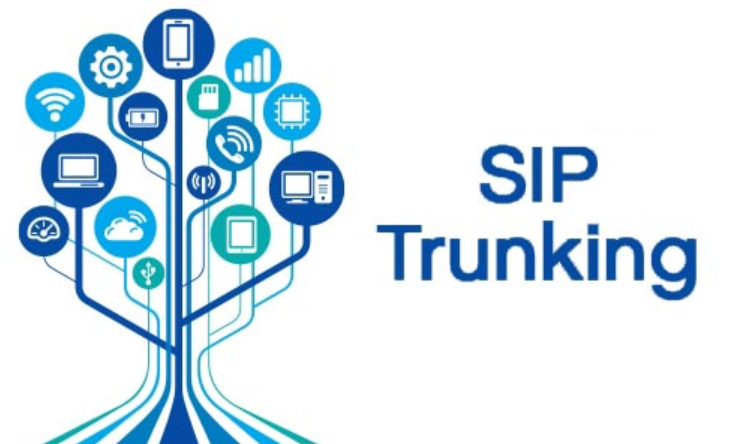
SIP for IoT Devices: Enabling Smart Connectivity
Introduction
In the ever-evolving landscape of technology, the Internet of Things (IoT) has emerged as a transformative force, revolutionizing how devices communicate and interact with each other. At the heart of this revolution lies Session Initiation Protocol (SIP), a communication protocol that enables seamless connectivity and communication between IoT devices. In this article, we delve into the significance of SIP for IoT devices and how it facilitates smart connectivity. Additionally, we explore the role of SIP trunking providers in optimizing communication infrastructure for IoT deployments.
Understanding SIP for IoT
SIP, a signaling protocol widely used for controlling communication sessions such as voice and video calls over IP networks, plays a pivotal role in IoT connectivity. Unlike traditional communication methods, SIP offers a flexible and scalable framework for establishing, modifying, and terminating multimedia sessions. For IoT devices, this means the ability to seamlessly communicate and exchange data in real-time, fostering a dynamic ecosystem of interconnected devices.
Benefits of SIP for IoT
- Interoperability: SIP promotes interoperability among diverse IoT devices and platforms, enabling seamless communication regardless of underlying hardware or software differences. This interoperability fosters collaboration and integration, essential for building comprehensive IoT solutions.
- Scalability: With SIP, IoT deployments can easily scale to accommodate growing networks of devices. Whether deploying a handful of sensors or managing thousands of interconnected devices, SIP provides the scalability needed to support diverse IoT applications and use cases.
- Real-time Communication: SIP facilitates real-time communication between IoT devices, enabling instantaneous data exchange and decision-making. This real-time capability is crucial for time-sensitive applications such as industrial automation, healthcare monitoring, and smart infrastructure management.
- Security: Security is paramount in IoT deployments, and SIP offers robust security features to protect communication channels and data integrity. By implementing encryption, authentication, and access control mechanisms, SIP helps safeguard IoT networks from cyber threats and unauthorized access.
SIP Trunking Providers: Optimizing IoT Communication
While SIP forms the foundation for IoT connectivity, leveraging the services of SIP trunking providers enhances the efficiency and reliability of communication infrastructure. SIP trunking providers offer specialized services tailored to the unique requirements of IoT deployments, including:
- Network Optimization: SIP trunking providers optimize network performance to ensure seamless connectivity and low-latency communication between IoT devices. Through advanced routing algorithms and Quality of Service (QoS) mechanisms, these providers prioritize IoT traffic, minimizing delays and packet loss.
- Scalable Infrastructure: By leveraging the infrastructure and resources of SIP trunking providers, IoT deployments can scale efficiently to meet evolving demands. These providers offer flexible pricing models and on-demand resources, enabling businesses to expand their IoT networks without incurring significant upfront costs.
- Reliability and Redundancy: Ensuring high availability and reliability is crucial for mission-critical IoT applications. SIP trunking providers implement redundant architectures and failover mechanisms to mitigate the risk of service disruptions. This redundancy ensures continuous operation and data integrity, even in the event of network failures or outages.
- Security and Compliance: Compliance with regulatory requirements and industry standards is essential for IoT deployments, especially in sectors such as healthcare, finance, and government. SIP trunking providers adhere to stringent security protocols and compliance standards, ensuring data privacy and regulatory compliance across IoT communication channels.
Conclusion
In the era of IoT, seamless connectivity and real-time communication are paramount for unlocking the full potential of interconnected devices. SIP, with its flexible and scalable architecture, serves as a cornerstone for IoT connectivity, enabling diverse applications and use cases across industries. By partnering with SIP trunking providers, businesses can further optimize their IoT communication infrastructure, ensuring reliability, scalability, and security. As IoT continues to proliferate, the role of SIP in enabling smart connectivity will only become more pronounced, driving innovation and transformation across industries.




Leave Your Comment